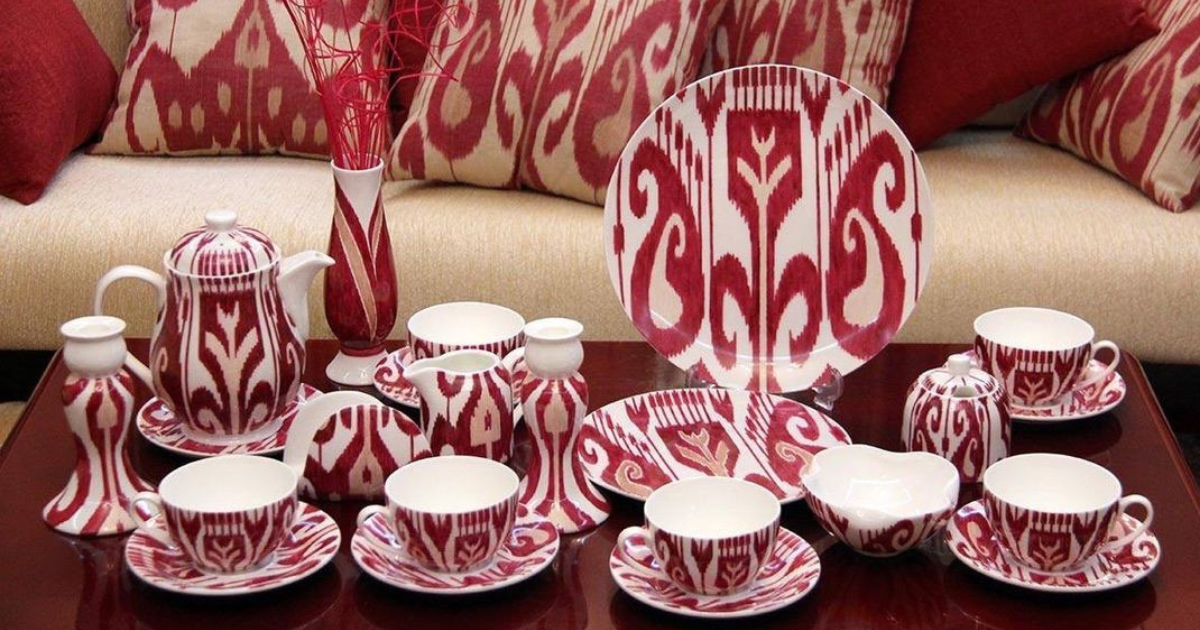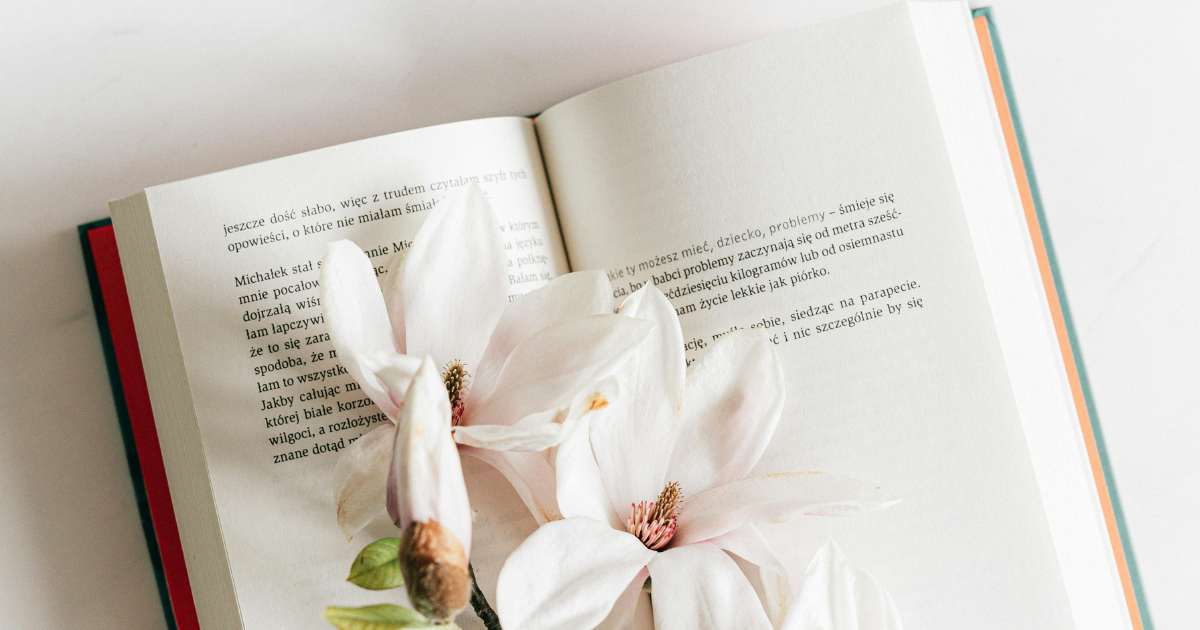Painting on fragile surfaces
The history of porcelain painting. Rimma Gazalieva and her art

Porcelain painting is a technique of decorating porcelain dishes or items by applying various patterns, images, or decorative elements to the surface. It is usually associated with sophistication and elegance. Thanks to porcelain painting, ordinary dishes or decorative items can turn into true works of art, adding grace and refinement to any interior.
A bit of history
Porcelain painting boasts a rich history that spans continents and centuries, blending cultural influences and artistic techniques.
The birthplace of porcelain painting is China. In Europe, this art form began to develop in the 18th century, marking the beginning of its stylistic and thematic evolution. Chinese porcelain was often adorned with botanical motifs, while images of seahorses, dragons, and fish were considered classics.
A combination of turquoise, yellow, green, purple, and brown glazes characterizes porcelain from the Ming dynasty. In the 18th century, during Emperor Yongzheng's reign, the porcelain painting style changed. Pink enamel appeared, and kiln firing completely transformed the decoration of ceramics from the Jiangxi period. During this time, lemon-yellow and white enamels also came into use, and porcelain was decorated in this style for an entire century.
The colors of stones, flowers, and fish became more vibrant. Patterns grew larger and were bordered by pale pink geometric designs. In the 18th century, genre and mythological paintings became fashionable. During this time, black line drawings, characteristic of the Yongzheng period, reemerged, along with a modern trend towards engraving.
Porcelain painting today
Nowadays, two main techniques are used for decorating porcelain items: underglaze and overglaze painting, both combined with firing—underglaze at high temperatures and overglaze at lower temperatures.
Underglaze painting
Today, this technique is considered quite rare as it does not allow for a full range of colors. The painting is applied to the surface of the raw ceramic before glazing and firing. Paint for underglaze porcelain painting is applied either with a brush or pen or with a special underglaze pencil, the latter being a relatively recent development.
The challenge of this technique lies in choosing colors, as pigments can change shades after firing. However, underglaze painting offers a significant advantage—soft, smooth lines, making it a popular choice for decorating porcelain by hand when painting intricate elements.
Overglaze painting
This technique involves painting on a glazed surface. As it is easier to work with, most items are decorated using this method. It has several advantages:
- The initial color is retained because the final firing temperature is low.
- Patterns can be refined and reapplied: layers that have not yet been fired can be removed with turpentine oil.
- Gold and silver can be used.
However, this method also has drawbacks: applying color to an already processed surface reduces the longevity of the pattern since colored pigments do not dissolve in the glaze. As a result, the pattern may fade over time, especially if the porcelain is frequently machine-washed.
Overglaze glaze can be felt by touch due to the uneven application of the paint, resulting in thicker strokes. The paint in this technique consists of metal oxides and flux, with the former determining the color and the latter necessary for embedding pigments into the glaze.
Rimma Gazalieva

Rimma Gazaliyeva, photo by Mukhiddin A Lee
One of the top-tier porcelain painting specialists in our country is artist Rimma Gazalieva. Her works are renowned worldwide. Her paintings are multifaceted, featuring suzani on delicate items, satin lyagans and saucers, her famous pomegranate themes, and elegant narrative paintings.
Rimma Gazalieva was born and lives in Uzbekistan. From childhood, she loved to draw and dreamed of becoming an artist. After graduating from the Republican Art School named after Benkov, she continued her studies at the Tashkent State Theater and Art Institute.
Upon graduation, Rimma began working as an artist at the Kuvasay Porcelain Factory, where she later held the position of chief artist for a long time.
As a member of the Creative Association at the Academy of Arts of Uzbekistan, the artist participated in exhibitions and held several solo exhibitions in various galleries in Tashkent starting in 2004.
Rimma Gazalieva actively participates in the International Biennales of Applied Arts held in Tashkent. Her works adorn private collections worldwide.
Currently, Rimma primarily works in the overglaze painting technique firing at 800 degrees.
"When I worked at the factory, I often used underglaze paints and metal salt painting (1400 degrees). Painting with salts is like watercolor (on water) on raw porcelain or faience. The paint is absorbed instantly, and nothing can be corrected! The color is only visible after firing," says Rimma Gazalieva.

Photo by Roza Sayfullayeva
In creating her drawings, the artist is inspired by the museums and exhibitions she visits.
The new generation of artists uses modern technologies, innovative materials, and concepts to create works that amaze and intrigue.
Rimma Gazalieva's advice to the new creative generation of porcelain painters is: "Do not mix overglaze paints! These paints are mineral-based, each with its own properties and often different temperature limits."
Inspiration is an essential element of true creativity, and every creator has their source. Long ago, Rimma visited the Leningrad Porcelain Factory and was inspired by the works of masters. She developed her signature style by studying at the Hermitage storerooms. The world masterpieces of ceramics (porcelain is a type of ceramics) displayed in the halls nurtured her taste. The exposure to these exhibits resulted in cultivating Rimma Gazalieva's refined taste.
Currently, the artist is very active in her creative work and strives to participate in various international exhibitions.


